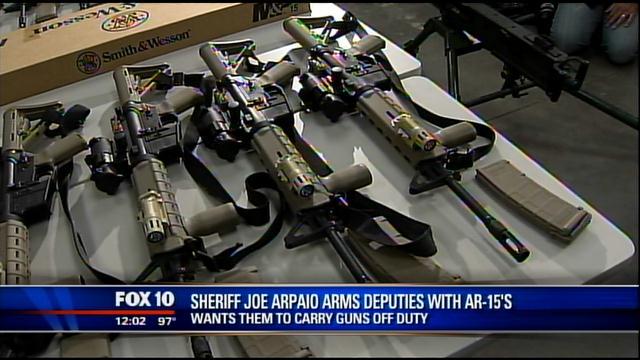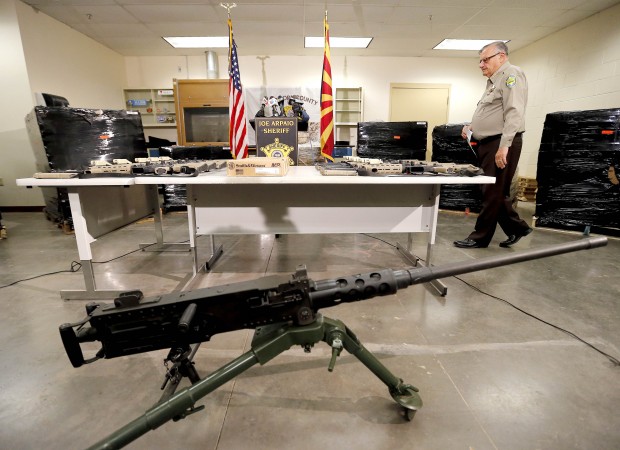and maybe they won’t hurt you…
Why haven’t we seen this in the national media? This is why I carry a gun. I ain’t going out like that…
The couple never saw Boyd cruise into the parking lot at Washington
Ridge with passengers Davidson and Cobbins. An armed Boyd and Davidson
jumped from the car, leaving Cobbins behind. At that point, the pair
intended only to rob Christian and Newsom of the SUV. But as they
approached the couple, guns drawn, headlights from another vehicle
spooked them. They pushed the couple into the SUV.
Testimony has shown that Christian and Newsom were bound in the SUV with
whatever cords the assailants could find. Newsom was forced facedown in
the vehicle. A bound Christian was dumped onto his back.
One of the attackers said: “Two white people, white kids, this (expletive) fixing to get crazy, man, you know what I mean?”
But according to the paper, there is no racial motivation for the crime.
The white male victim’s body was found, anally raped, shot in the back and neck, then shot again in the head, execution style. The body was then wrapped in a blanket, soaked in gasoline, and set on fire.
The white female victim get it even worse, if you can believe that. For hours, she was raped anally, orally, and vaginally. The criminals then crushed her genital area with a boot or other hard object, beat her over the head, and then poured bleach into her in an attempt to destroy DNA evidence. The bound her, wrapped her head in one garbage bag, placed her in a second, and then sealed her in a garbage can to suffocate.
I am opposed to the death penalty because I don’t trust the government to be honest. However, this story shows that some humans are simply evil. That is the reason why I carry a gun.
The real question here is why the press goes to such great lengths to cover up and minimize black on white crime, while at the same time sensationalizing and even inventing race crimes when it is white on black.


